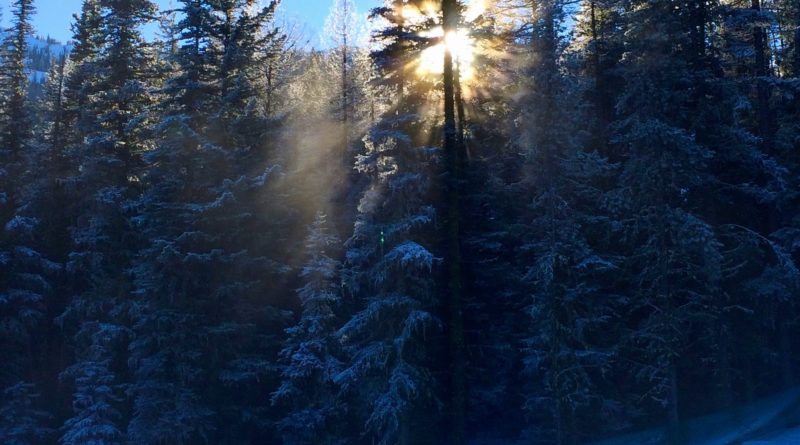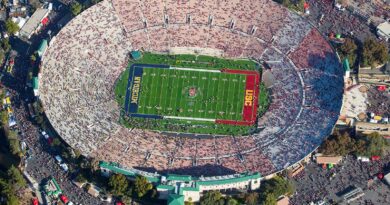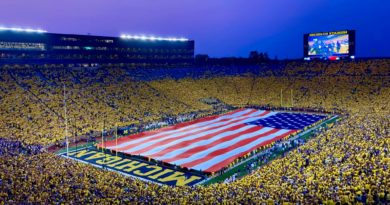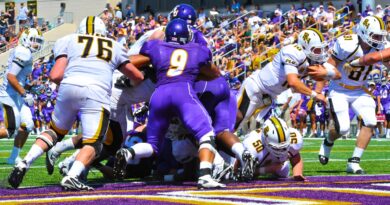Night Skiers defy Convention
The sun sank between the trees, turning from a bright burning light to a starry glow. The brightness of day was fading, the last of the day skiers, spent and satisfied, were packing up, leaving prime up-front parking spots for those just arriving. This early dusk of winter in the mountains has long been the time for another kind of skier – the night skier.
Night skiing was officially born in 1936 on a hill at Bousquet Ski Area in Pittsfield, Massachusetts. In the West, the Snoqualmie Ski Bowl at Hyak, WA installed lights in 1938 to promote its ski train that left Seattle every night at 5:45 for two hours of skiing before making the two hour return trip and a midnight arrival back home. Further west up the Pass, Webb Moffet, then owner of Snoqualmie Summit, added to the concept by lighting his hill in 1945 for those driving up the Pass. Skiing on the Pass was a hot commodity then, as Snoqualmie Ski Bowl, purchased after WWII by the Milwaukee Railroad and renamed the Milwaukee Ski Bowl, hosted national ski jumping championships and the 1947 Olympic Ski Jumping Trials. My parents even took the train to Hyak and skied at the Ski Bowl. And years later in the mid-60s I skied at its successor, the Hyak Ski Area. But I digress.
The night skier is less numerous than the usual brand. Often day skiers who can’t get enough of sliding downhill, jump in their cars after a work day and head for mountains that are usually less than an hour away. They get in almost as many hours on the hill as a regular day ticket for about half the price and a third of the people. It makes for wide open skiing at areas that are usually crowded with bodies and long lines. But there are other reasons for becoming a night skier. The most obvious reason – the lights.
In the old days they were mercury vapor lights, the same as found at baseball stadiums or night-lit city playfields. That changed to brighter, longer lasting sodium vapor, morphing again to today’s LEDs. Any of them cast a great shadow that illuminates all the texture and terrain in the snow, making it easy to know what’s coming and instilling confidence in a skier’s psyche. All of a sudden, you feel like the skier you dream of being.
Next, there’s the snow. It can go one of two ways. If it’s been above freezing during the day, the snow can harden, become crunchy and even turn to ice in patches. It creates a rough, uneven surface making graceful skiing a real challenge, if not an impossibility for most. But then there’s the other option, the one we all hope for. When evening rolls around the air cools and dries, doing the same to the snow. The result is ski conditions drastically improve and just get better and better as the night goes on. The snow gets lighter, the base stays firm and the loose stuff begins to approach a powdery nirvana as each run gets better than the last. And yes, that really does happen.
Be patient enough, hang around long enough and you will be rewarded. Great lighting and fantastic snow, no lift lines and free running on the slopes makes for a super fun, ski ’till you drop kind of evening. Think those day skiers went home spent and satisfied? That’s nothing compared to what you get on a good night ski. And if you want, there’s a beer waiting in the lodge bar afterwards. You head home in a blissful silence shared by everyone with you. Non-verbal communication at its finest. Can’t beat that.




